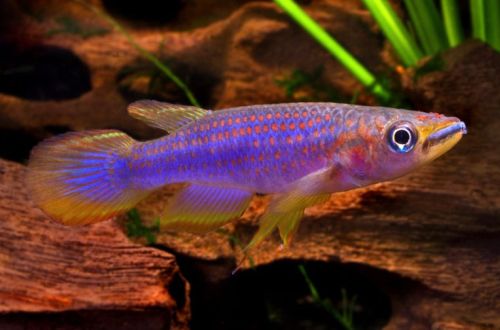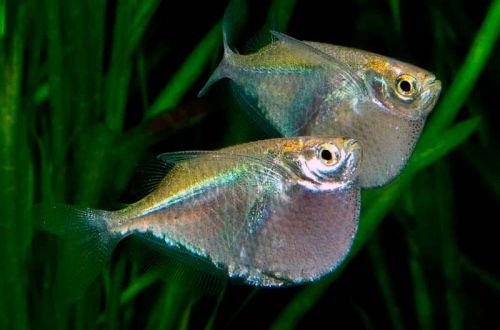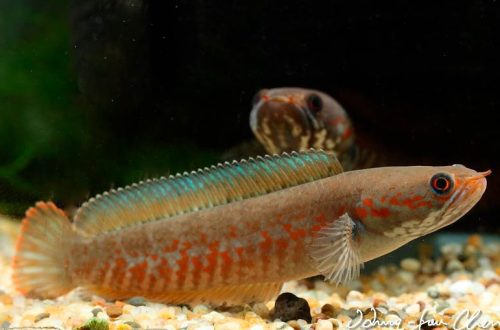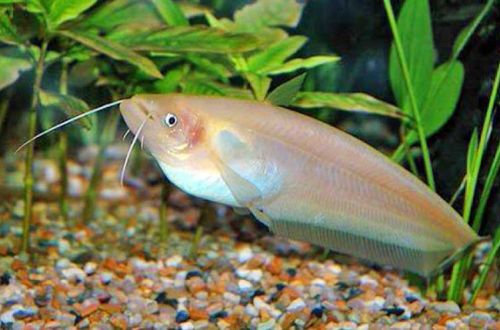
Somik is soft
Two-spotted ompok or Catfish ompok, scientific name Ompok bimaculatus, belongs to the family Siluridae (Catfish). In the wild, it is found in South and Southeast Asia in Pakistan, India, Bangladesh, Myanmar. Inhabits swampy reservoirs with stagnant or weakly flowing muddy water with silty substrates. Often found in rice fields.

Description
Until 1950, there was only one species of Ompok catfish in the scientific classification. Later, dozens of descriptions of new species appeared. However, there are reasons to believe that many descriptions are erroneous or duplicate each other. However, this does not negate the existence of several independent species.
The most popular species is the two-spotted ompok. Although several closely related species or subspecies can probably be supplied under this name.
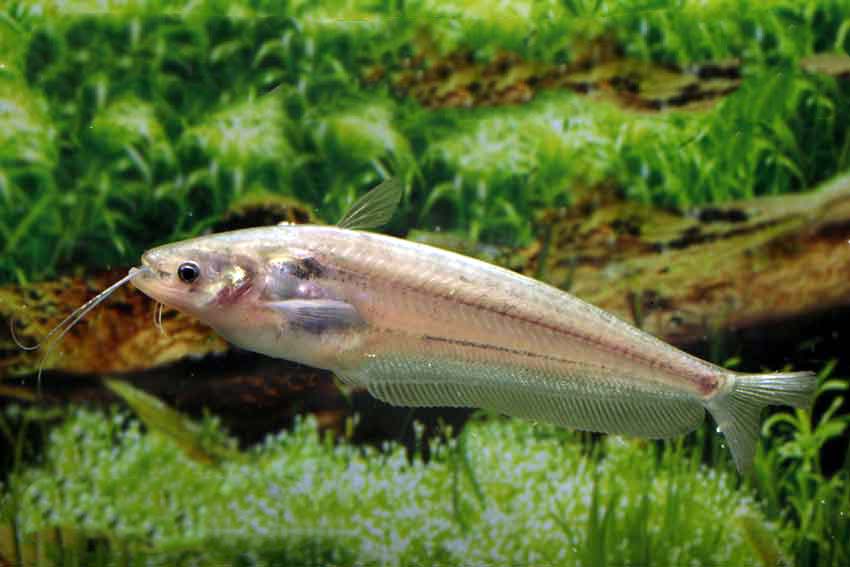
The maximum recorded size of an adult was 45 cm. The catfish has a laterally flattened body. The coloration is light with gray speckles. One dark spot is located on the side. The fins and tail are short, with the exception of the anal fin, which runs all over the body.
In the habitats, it is primarily considered a commercial fish. Catfish is valued for its soft, buttery meat. In Europe and the CIS countries, it is sometimes supplied for home aquariums.
Behavior and Compatibility
Peaceful calm look. Friendly to both relatives and other fish. Equally successfully can live as one or a group.
Brief information:
- The volume of the aquarium – from 450 liters.
- Temperature – 20-26°C
- Value pH — 6.0–8.0
- Water hardness – 4–28 dGH
- Substrate type – sandy
- Lighting – subdued
- Brackish water – no
- Water movement – little or no
- The size of the fish is up to 45 cm.
- Food – any sinking food
- Temperament – peaceful
- Content – alone or in a group
Maintenance and care, arrangement of the aquarium
The optimal size of the aquarium for one catfish starts from 450-500 liters. The two-spotted ompok is unpretentious and able to adapt to different habitats. For this reason, it does not require the creation of special conditions.
Hardy, withstands a wide range of temperatures and pH and GH values.
It is considered an omnivorous species. In nature, it feeds on plant matter, mollusks, and crustaceans. Will accept most popular dry sink foods, as well as frozen and fresh earthworms, shrimps, mussels, etc.
Sources: fishbase.se, aquariumglaser.de, scotcat.com, wikipedia.org



